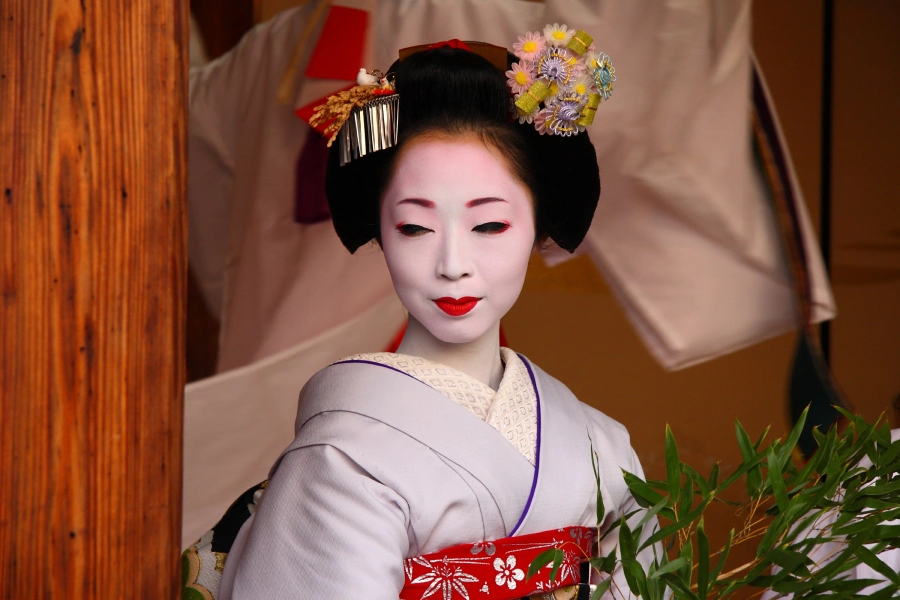In the pre-digital age photography was done (is done, actually, since there are still those who shoot film) in three distinct stages:
- Shooting an image.
- Developing the film.
- Transferring the image from the film onto the photographic paper.
All of these processes are defined by the properties of the medium, i.e., the photographic film. The final image will depend on how the visual information has been recorded by this medium, and how it has been processed afterwards.
Stage one is all about image capture. A combination of the conditions and the set up of the photo-shoot, the technical specifications of the camera, the lens and the film, creates the basis for the future photograph, a so-called “latent” (or hidden) image. Stages two and three can be grouped under “data processing”, yet it is the processing that happens on the first stage that is crucial in determining the final result. Thing is, different brands of photographic film display very different qualities when it comes to color reproduction, contrast, grain, color temperature, dynamic range and other important parameters. These differences are determined by the properties of light-sensitive emulsion coating the film, and are, in their turn, responsible for the result of image processing. Further down the line, development and printing both have a significant influence on the outcome.
Nowadays, the development processes are standardized, as are the characteristic features of different types of film and photographic paper, so the foundation of the color reproduction depends heavily on the combination of the properties of the emulsion and the conditions of the photo-shoot. Emulsion properties set by the producers are based on meticulous research of color perception. The R&D labs of Kodak, Fujifilm and other producers of photographic film have been doing these kinds of studies for years. The commercial target here is hard to meet: one needs to develop such an emulsion that would guarantee the appeal of the resulting image to the majority of customers. That is why such research is usually performed in close collaboration with color perception experts – artists, art scholars, photographers – and they are the people who help define, to a great extent, the future properties of the photographic film.
If you have ever shot on film, you must have noticed that many of the standard issue Kodak films tend to cast a warm reddish tint over the resulting image, while Fujifilm tends to lean towards cooler, blue-green hues. To illustrate, I used two slide films – Kodak Ektachrome E100VS and Fujifilm Provia 100F – to capture the same scene. The camera, the lens and the settings (aperture and exposure) were identical for both pictures. I then made sure that the conditions of development and scanning were identical, too: timing and photo laboratory for the development; settings (white balance, among others) and manual color correction/contrast for the scanning. To make the scans look more or less standard looking I then increased the contrast for both images. In the end, I came up with two pictures that are identical to those that we normally see when we are viewing slides against the light, on the light table or projected on a white wall in the dark (Figures 12.1 [a; b]). These images reflect the differences in color reproduction between the two films I used, and between Kodak and Fuji films in general. In comparison, it is quite obvious that with Kodak Ektachrome E100VS the woman’s skin looks more tanned, and the color palette is overall warmer than that of Fujifilm Provia 100F.

Figure 12.1 [a] Kodak Ektachrome E100VS

Figure 12.1 [b] Fujifilm Provia 100F
To understand why these chromatic differences occur we must remember that Eastman Kodak was established in the USA, while Fujifilm Holding Corporation is a Japanese company. Each of the companies started out by targeting their closest markets:
Kodak looked towards the US and Europe for its customers, and Fujifilm – towards Asia. And the color perception of the people who live in these areas is not alike.
One of the hypotheses explains the color perception dissimilarity between the Asians and the Europeans as follows. It is well known that tan-colored skin is a reference standard for people in Europe. For us, golden-brown skin tones spell prosperity and health. The people in Asia, on the other hand, praise white skin as ideal. There is a widespread belief that the default yellowish-brown skin color can only be attained by working the land and spending many hours laboring under the sun. It is thus associated with poverty and low social status. Aristocrats have always had the possibility to avoid spending too much time in the sun either by staying indoors or by choosing to live in more shade-friendly regions, such as the mountains. While the yellow-brown tint is natural for Asian skin, most of Asian people dream of having white faces. Japanese geishas, for example, powder their faces white (Figure 12.2), and while shopping in South-East Asia one will have significant difficulty buying a facial cream without a lightening effect. Asian fashionistas take great care of covering up their skin from the sun, and no means are too extreme: broad brim hats, long gloves and even masks are used to achieve the desired result.

Figure 12.2
Setting white face color as a standard determines the aesthetic preferences of most of the Asian nations. To neutralize their naturally yellowish tint one needs to move the entire color palette of the image towards cooler shades. Looking at these make up ads targeted at Asian and European markets further proves the points made above (Figure 12.3).

Figure 12.3
An interesting fact: in neither case is the consumer interested in the image being true to life. Take people in the US, for example. Most of the white Americans who have pale complexion will opt for looking tanned in the photos. It is explained by the wish to be unique among your peers, to attract the opposite sex with a display of health and leisurely lifestyle.
Given a choice, a regular person will prefer a pretty picture to a truthful one. Sure, people are interested in photographs being true to life, but it’s more about an image being realistic than actually reflexive of reality.
Almost all standard issue films (apart from the films produced for scanning purposes) will come pre-set with significant color adjustments. This is exactly what the developers – engineers and aesthetics experts – were going for. Moreover, the colors on the films are already harmonized. A photographer gets a professional head start, much like an artist gets a head start when they pick up an already arranged color palette. It does not mean that anyone who takes up shooting film will instantly get amazing colors in their pictures. Every film is produced to suit certain shooting conditions. If these are not met, the result can be quite unpredictable, for better or for worse. The same is true about art: a good set of colors does not automatically translate into a beautiful painting. Equally, color pre-sets on film do not mean that all photographs shot with the same film will display similar colors. While you can normally trace certain color characteristics from film to film, from photographer to photographer and from genre to genre, the authors always have a great room for variation: they can shift color palettes one way or the other with the help of lighting, exposition, color filters, individual development, individual printing and many other techniques. Also, any standardized color effect a film may have will always be perceived in combination with the creative idea behind the photo, which is always unique.
All in all, a photographer’s color-related tasks are easy when shooting film, since they already have harmonized and carefully selected palettes to work with. In digital photography, unfortunately, the situation is much more complicated.
LIFELIKE: A book on color in digital photography
